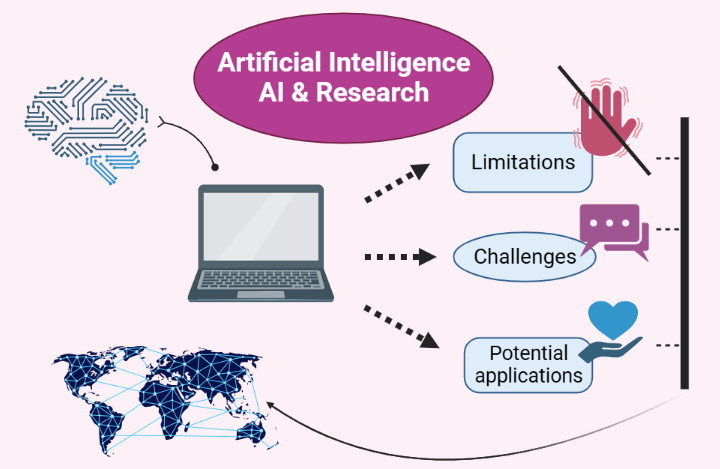ChatGPT: limitations, challenges and potential applications
DOI:
https://doi.org/10.14295/bjs.v3i1.427Keywords:
Artificial Intelligence, OpenAI, AIAbstract
This article introduces ChatGPT, a language model based on text generation developed by OpenAI. Built on top of the GPT-3.5 architecture, ChatGPT is capable of engaging in interactive conversations with users, answering questions, providing information, and even simulating natural conversations. The model is trained on large amounts of text data and uses an attention mechanism to learn language structure and generate coherent and relevant responses. The purpose of this article is to analyze and discuss the training process, main characteristics, challenges and applications of ChatGPT. ChatGPT represents an important step towards more sophisticated and interactive dialog systems, driving the advancement of artificial intelligence in the field of conversation.
References
Deng, J., & Lin, Y. (2022). The benefits and challenges of ChatGPT: An overview. Frontiers in Computing and Intelligent Systems, 2(2), 81-83. https://doi.org/10.54097/fcis.v2i2.4465 DOI: https://doi.org/10.54097/fcis.v2i2.4465
Khlaif, Z. N. (2023). Ethical Concerns about Using AI-Generated Text in Scientific Research. Available at SSRN 4387984. https://doi.org/10.2139/ssrn.4387984 DOI: https://doi.org/10.2139/ssrn.4387984
OpenAI (2023). ChatGPT. Available: https://chat.openai.com/
Ray, P. P. (2023). ChatGPT: A comprehensive review on background, applications, key challenges, bias, ethics, limitations and future scope. Internet of Things and Cyber-Physical Systems, 3, 121-154. https://doi.org/10.1016/j.iotcps.2023.04.003 DOI: https://doi.org/10.1016/j.iotcps.2023.04.003
Zhou, J., Müller, H., Holzinger, A., & Chen, F. (2023). Ethical ChatGPT: Concerns, challenges, and commandments. arXiv preprint arXiv:2305.10646. https://doi.org/10.48550/arXiv.2305.10646

Downloads
Published
How to Cite
Issue
Section
License
Copyright (c) 2024 Matheus Vinicius Abadia Ventura, Antonio Carlos Pereira de Menezes Filho

This work is licensed under a Creative Commons Attribution 4.0 International License.
Authors who publish with this journal agree to the following terms:
1) Authors retain copyright and grant the journal right of first publication with the work simultaneously licensed under a Creative Commons Attribution License that allows others to share the work with an acknowledgement of the work's authorship and initial publication in this journal.
2) Authors are able to enter into separate, additional contractual arrangements for the non-exclusive distribution of the journal's published version of the work (e.g., post it to an institutional repository or publish it in a book), with an acknowledgement of its initial publication in this journal.
3) Authors are permitted and encouraged to post their work online (e.g., in institutional repositories or on their website) prior to and during the submission process, as it can lead to productive exchanges, as well as earlier and greater citation of published work.



